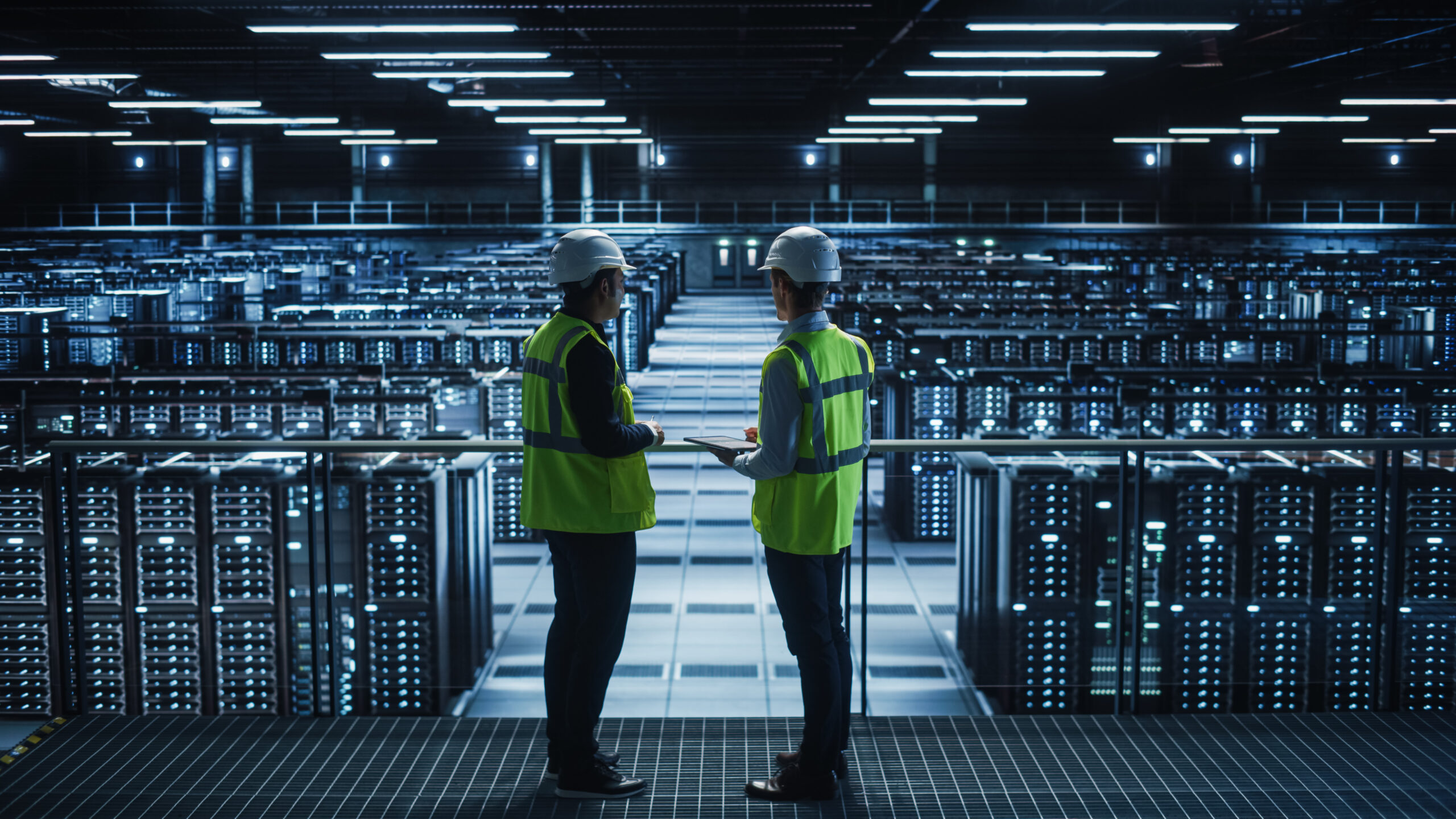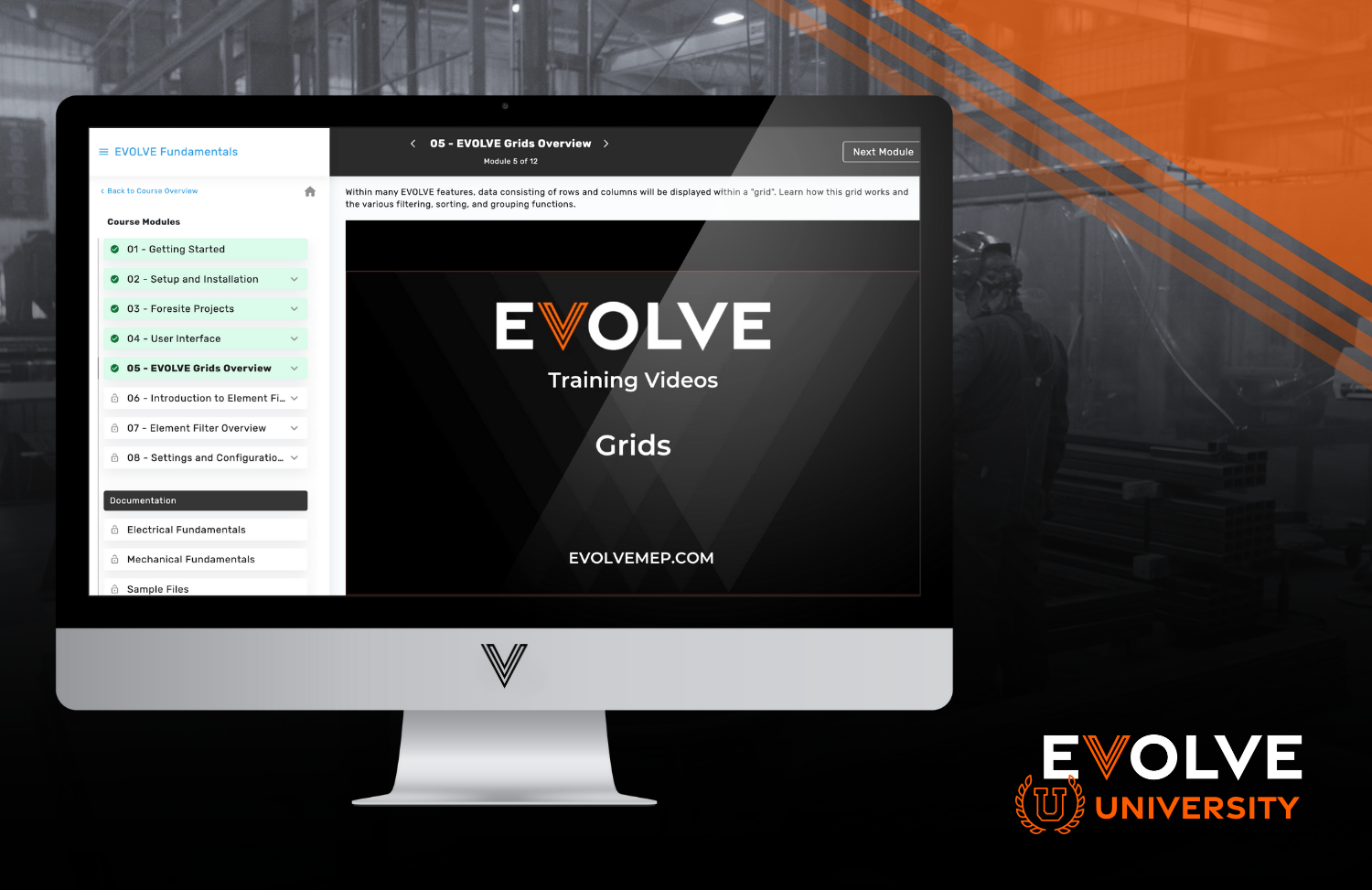Data centers are the backbone of the modern digital world, serving as the nerve centers for processing, storing, and managing vast amounts of data. As the demand for data storage and processing power continues to grow, the need for efficient and reliable data center infrastructure becomes increasingly critical. In this blog, we will explore the challenges faced in MEP planning for data centers and propose solutions to address them.
Scalability
Data centers must be designed to be scalable, able to accommodate the rapid expansion of IT equipment and power requirements. This creates a challenge for MEP planning because it's essential to have design infrastructure that can easily adapt to changing needs.
Solution: Leverage your existing BIM content. Employ modular MEP designs that can be expanded as needed, minimizing downtime and costly retrofits. Programs like EVOLVE come preloaded with mountains of Revit content that can be easily customized to save you time.
Energy Efficiency
Data centers are notorious energy hogs. Cooling and power requirements are enormous, leading to high operational costs and environmental concerns.
Solution: Implement energy-efficient technologies such as hot/cold aisle containment, free cooling, and advanced power distribution systems to reduce energy consumption. By using the latest transformers to make sure that energy bills stay low. Newer transformers also produce less heat which will help save on energy spent on cooling.
Reliability
Ensuring data centers run non-stop without any hiccups is an absolute must for businesses when they're in the blueprints and planning stages. Any downtime in data center operations, even if it's just a short span of a few hours, can seriously dent a company's bottom line and reputation.
Solution: Data centers have 2N infrastructure configuration meaning that duplicated sets of equipment and systems are implemented. Each of these is able to provide support to the facility without a share point of failure. Use a redundant system for critical components like generators, cooling systems, and UPS (Uninterruptible Power Supply) units to ensure uninterrupted operations.
Cooling Challenges
Managing the temperature in data centers is a constant challenge due to the intense amount of heat generated by data servers and other equipment.
Solution: The perfect scenario involves aligning the power and cooling infrastructure with the operational density of the data equipment. Power density directly influences the total heat generated within the space and necessitates distinct cooling approaches. However, as power density escalates, it becomes progressively critical to control the airflow across the entire space to prevent the formation of overheated areas.
Space Constraints
Real estate in urban areas is expensive, which means data centers often need to be built in limited spaces. The space needed for IT equipment further makes this an issue.
Solution: Optimize the layout and use of vertical space within the data center, consider higher rack densities, and use innovative equipment designs to save space. Keep in mind though that redundant systems can require a lot more space. In the initial planning stage also consider the space needed for add-ins and future equipment needs and updates.
Environmental Regulations
Meeting environmental regulations and obtaining necessary permits can be challenging in data center construction.
Solution: Work closely with local authorities and regulatory bodies to ensure compliance and consider green building practices to minimize the environmental impact. The 2019 revision of the “ASHRAE 90.4: Energy Standard for Data Centers” and “ASHRAE Thermal Guidelines for Data Processing Environments” has begun relaxing standards for cooling temperatures in a hope to provide energy savings with the maximum recommended temperature recently revised to 80F.
Data centers undeniably play a pivotal role in the digital age, supporting the relentless flow of information and the ever-expanding demands of our interconnected world. Yet, the journey to construct and maintain these technological fortresses is not without its hurdles. From energy efficiency to scalability, from cooling solutions to power redundancy, the complexity is undeniable.
So, stay with us on this journey through the labyrinth of MEP planning, as we unlock the doors to a more connected, data-driven world, fortified by robust data center infrastructure. Together, we'll build the foundation for a digital future that knows no bounds,





